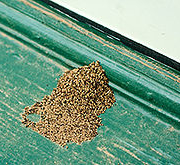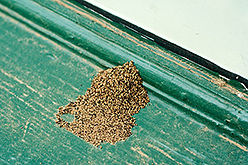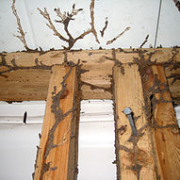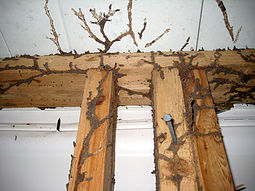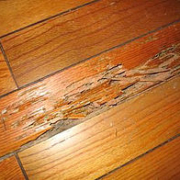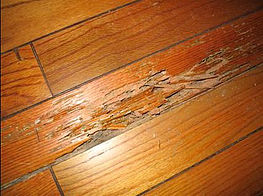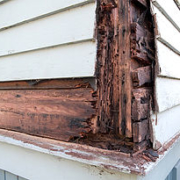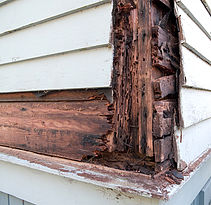Do I Need A Termite Inspection?
A termite inspection is recommended every 3-5 years, a licensed termite inspector is looking for hidden wood damage caused by wood destroying organisms that the untrained eye may over look. Moisture issues in a building can attract termites as well as exposed wood caused by deferred maintenance of a building.
Termite inspections are often required in order to secure funding to purchase a home (especially older ones). But they are always a good idea whether it’s required or not. The risk of termite damage to wooden structures is higher for older houses; that is why older premises are more in need of inspections. Here’s what you may want to know concerning the process of most home termite inspections that are carried out by pest control companies.
The Termite Inspection Process
During these inspections, the pest professional will closely examine all areas of the property that are accessible. These areas include the entire interior of the home, the attic, the basement, and any crawlspaces that are readily accessible. After this has been completed, the professional will inspect the exterior, especially areas that are dark and damp, as these spots are much more prone to termite problems.
Throughout the inspection the termite inspector is looking for key evidence such as the actual physical presence of termites, termite tubes (they resemble dirt trails along the sides of the walls), and signs of termite damage, which are easily spotted by a trained eye.
In order to make the inspection easier for the exterminator, there are several things that can be done in advance to increase access to all areas. These things include:
Inside the home:
- Make sure all basements, crawlspaces, and attics have clear openings and can be easily entered by the inspector.
- Move items and furniture away from the walls to create at least a two foot clearance space.
- Clear away all items from under the sinks in the bathrooms and kitchen.
Outside the home:
- Trim back plantings that are close to exterior walls.
- Clear out all debris and dead plantings that are close to the foundation.
- Remove excess soil that reaches above the bottom of the siding.
- Move all extra wood (such as firewood or extra building materials) away from the home.
In can be very difficult for a home owner to see evidence of wood eating insects because they live inside the wood or underground. Termites are no different but they often leave clues behind.
Subterranean termites will build mud shelter tubes to serve as safe paths between the colony and the wood they are eating. These tubes can be found both inside and outside and are made of small bits of soil, wood and debris. These tubes are used to conserve the moisture that is essential for their survival and also to protect the colony from any nearby predators.
Some termites will leave behind frass or droppings. These tiny fecal mounds often mean the wood above is infested with termites.
(A Termite Inspection is outside the scope of a general home inspection and NOT included, It is offered as an additional service for a fee).


